Psychological safety at work is increasingly becoming a popular and important concept in the workplace around the globe. But what about feeling psychologically safe at home and in the community? How can we feel emotionally safe when we are navigating through the challenges of life? Let’s find out.
What is psychological safety?
Psychological safety refers to a welcoming environment, such as a home or a workplace, where everyone feels comfortable and believes that their honesty, sincerity and truthfulness is welcomed. A lack of emotional safety can lead to feelings of anxiety and apathy.
Being psychologically safe at home and in public places means having a shared belief of feeling safe and comfortable to be yourself and express your ideas, thoughts and feelings without worrying about getting in trouble or getting hurt.
At home, it’s like being able to tell your parents or your partner about how you feel without worrying they will be mad at or upset with you. In public places, it means feeling safe to interact, behave and be yourself without anyone being mean to you or hurting you.
Studies define the concept as “a team level phenomenon where all team (or family) members believe they are safe to take interpersonal risks” Being psychologically safe makes us feel secure in expressing ourselves, sharing our ideas and opinions, and being vulnerable without fear of negative consequences to self‐image or social status. It is the opposite of feeling threatened or fearful when expressing yourself.
Related: What Is Safe Space? And Why You Really Need It
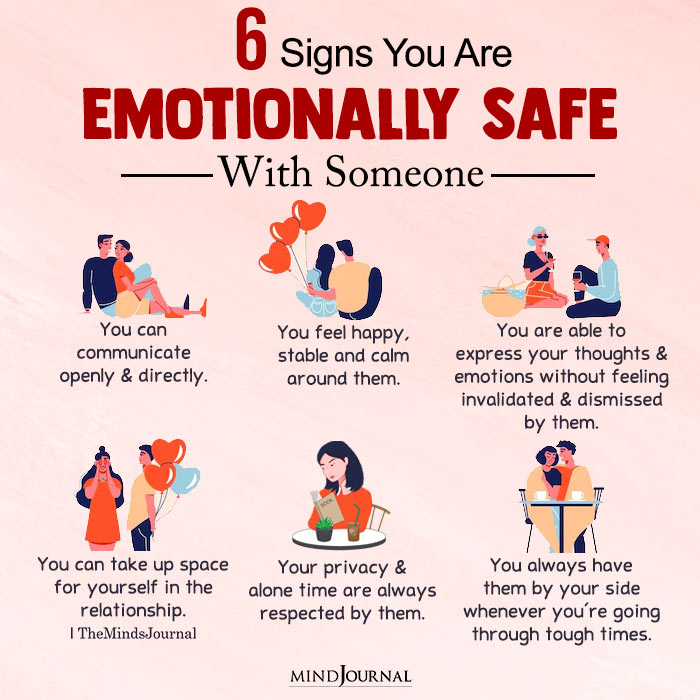
What does it mean to be psychologically safe at home?
At home, it means that family members can communicate openly and honestly without fear of emotional harm, abuse or retribution.
It involves creating an environment where everyone feels comfortable expressing themselves and their concerns, without judgment, punishment or criticism. It makes you feel respected and valued by your family members and having trust in one another.
In public places, it makes you feel safe while expressing yourself to your community despite having differences in opinions, participating in activities, and engaging with others without fear of physical harm, violence, harassment, or discrimination.
It involves creating inclusive spaces where people of all backgrounds feel welcome and respected.
For example, imagine you are in a classroom and you have a question to ask your teacher, but you are afraid of being judged or criticized by your classmates. If you feel psychologically safe, you will feel confident enough to ask your question without worrying about negative feedback.
It’s important to have this feeling at home and in the community at large for your mental and emotional well-being, building positive relationships, and promoting personal growth and development.
To create a psychologically safe environment, we need to be kind and empathetic to others, listen to their feelings, and make sure everyone feels welcome and respected.
How psychological safety looks like in reality
Being psychologically safe means having a sense of security and comfort in expressing yourself, taking risks and being vulnerable without worrying about retribution or ostracism. This concept can apply anywhere, where at work, home or in public places.
When people feel psychologically safe, they are more likely to engage in positive behaviors and take risks that can lead to personal development. It is important for promoting well-being and a sense of belonging, both at home and in public places.
But what does this look like in real life? Here are some psychological safety examples in different areas of life –
1. Feeling psychologically safe at home
At home, families can practice emotional safety by making each family member feel comfortable expressing their thoughts and emotions without worrying about consequences. Here are some practical examples –
- When a child struggles with a problem, he/she feels comfortable approaching their parents without worrying about being yelled at or punished. This promotes a healthy and trusting relationship between family members.
- A family holds regular family meetings where everyone is encouraged to share their thoughts and feelings about what is going on in their lives. The family members listen to each other without judgment or criticism, and they work together to find solutions to any problems that arise.
- A parent apologizes to their child when they make a mistake or lose their temper. The child feels safe to express their own feelings and thoughts without fear of punishment or retaliation.
- In a romantic relationship, when one partner feels anxious or stressed, they can communicate this to their partner without worrying about being dismissed or ignored. They can rely on their partner for support and help.
2. Feeling psychologically safe at work
When a psychologically safe environment is promoted at work, employees feel comfortable sharing their ideas and opinions without fear of being criticized or punished. For example –
- When a team works together on a project, everyone feels safe to contribute their ideas without worrying about being judged or dismissed, no matter how silly or insignificant their ideas may seem. This promotes a sense of teamwork, learning and collaboration.
- A manager encourages their team to ask questions, make suggestions, and share their opinions without fear of retribution or negative consequences. The team members feel comfortable speaking up during meetings and contributing to the discussion.
- A company has a system in place for reporting harassment or discrimination, and employees feel confident that their concerns will be taken seriously and addressed appropriately.
Related: How Psychological Safety Impacts Performance And Well-being
3. Feeling psychologically safe in public
In public spaces where such a safe environment is prioritized, everyone feels welcome and included. Here’s what it may look like –
- A school promotes feeling psychologically safe by having anti-bullying policies, LGBTQ+ support groups, and resources for mental health. This creates an inclusive and supportive environment for everyone.
- A community center hosts events that are welcoming to people of all backgrounds and abilities, and attendees feel safe and included in the activities.
- A city has policies and programs in place to promote safety and inclusivity for marginalized groups, such as providing accessible public transportation or offering resources for victims of hate crimes.
Creating psychological safety requires intentional effort and ongoing attention to the needs of individuals and the group as a whole. It involves building trust, fostering open communication, and actively addressing any issues or concerns that arise.
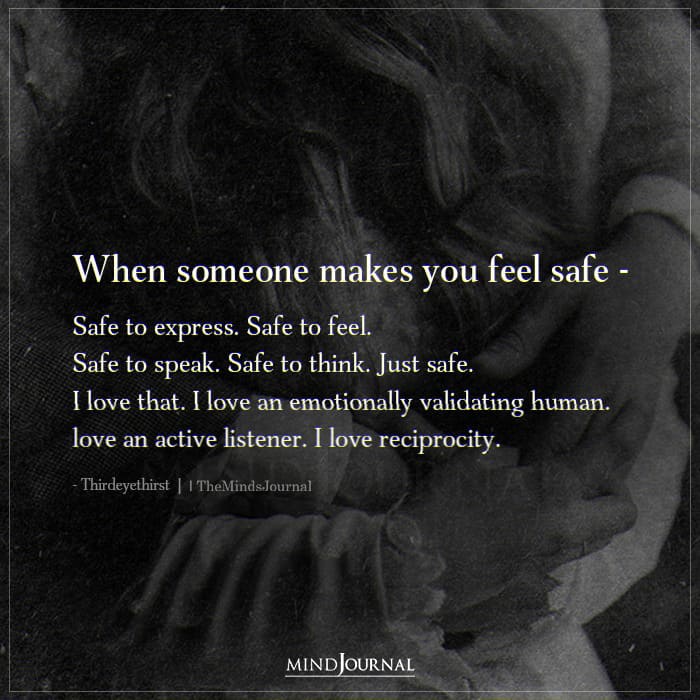
4 stages of psychological safety
The four stages, as identified by Harvard Business School Professor Amy Edmondson, include:
1. Inclusion safety
In this first stage, you feel like you belong to a family group, a community or a team. This stage involves creating an environment where everyone feels included and valued, regardless of their background, experience, or identity.
It involves building trust and creating a sense of belonging among team members.
2. Learner safety
In the second stage, you feel comfortable asking questions and making mistakes. You feel safe to learn and grow, and are not afraid of being judged or criticized.
This stage involves encouraging curiosity and experimentation, and creating a culture where mistakes are seen as opportunities for learning and growth. It involves promoting a growth mindset and creating a safe space for people to take risks and try new things.
3. Contributor safety
In the third stage, you feel empowered to contribute to your family, community and team while taking risks. You feel that your ideas are heard and respected, and you are not afraid of speaking up.
This stage involves encouraging you to speak up and contribute ideas, by creating a culture where all voices are heard and valued. It involves promoting open communication and creating a safe space for people which fosters collaboration and creativity.
4. Challenger safety
In the fourth and final stage, you feel comfortable challenging the status quo and speaking up when you see something that needs to be changed. You feel that your opinions are valued and that they can make a difference.
Challenger safety encourages continuous improvement and innovation. It encourages people to stand up against unethical or inappropriate behavior. It promotes a culture of accountability and creating a safe space for people to raise concerns and advocate for change.
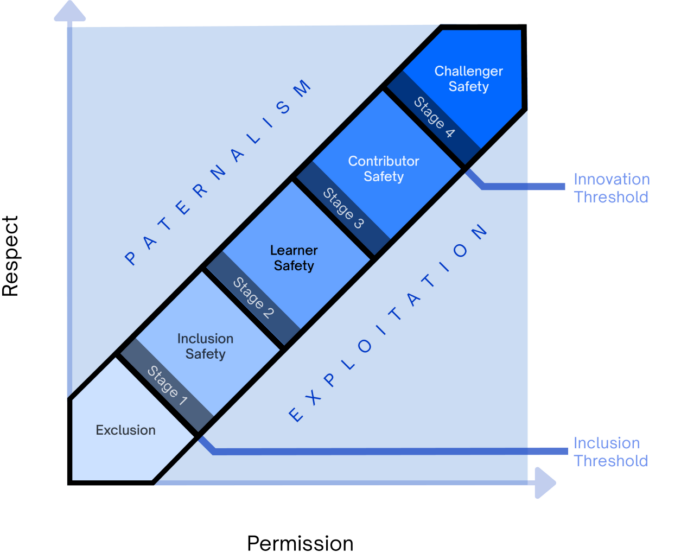
These four stages of psychological safety are not necessarily linear, and one can move back and forth between them. However, they provide a framework for understanding how it can be developed and fostered in different contexts.
Related: Emotional Safety is Necessary for Emotional Connection
Why is psychological safety important
Psychological safety is important at home and in the community because it helps people feel safe to be themselves and say what they feel without getting in trouble.
When everyone feels safe to express themselves, it makes people feel happy, calm and good inside. It also helps people learn and grow, and makes everyone feel included and part of a family or community.
It helps people to communicate openly and honestly, trust each other, and work together towards common goals. It also promotes personal growth, healthy relationships and positive interactions.
It encourages you to take risks and try new things which can lead to innovation and progress in the community. It is essential for building trust between people. When people feel safe and comfortable, they are more likely to trust each other and form strong bonds.
Here are some reasons why feeling psychologically safe at home and in the community is important –
1. Promotes well-being
It creates a sense of security and comfort that allows individuals to express themselves and be vulnerable without fear of negative consequences. This promotes well-being and reduces stress and anxiety.
2. Encourages open communication
When people feel psychologically safe, they are more likely to communicate openly and honestly. This promotes healthy relationships and positive interactions.
3. Fosters trust
Feeling psychologically safe is essential for building trust between individuals. When people feel safe and comfortable, they are more likely to trust each other and form strong bonds.
4. Promotes growth
It encourages individuals to take risks and try new things. This can lead to personal growth and development, as well as innovation and progress in the community.
5. Reduces conflict
When people feel psychologically safe, they are less likely to engage in conflict or defensive behavior. It reduces conflict and promotes a more peaceful and harmonious community and environment where people feel safe to be themselves.
6. Builds healthy relationships
When homes and communities are psychologically safe, people feel comfortable expressing themselves openly and honestly. This fosters healthy relationships and creates a sense of trust and safety among family members and community members.
7. Promotes learning
Being psychologically safe encourages growth and learning by promoting a culture of curiosity, experimentation, and risk-taking. When people feel safe to make mistakes and take risks, they are more likely to learn and grow as individuals.
Related: The Importance Of Creating A Safe Space For Honesty In Your Child’s Life
8. Reduces stress and anxiety
When homes and communities are psychologically safe, people feel less stressed and anxious. This is because they are not constantly worried about being judged or criticized for expressing themselves.
9. Promotes diversity
It promotes diversity and inclusion by creating a culture where all voices are heard and valued. This can help break down barriers and promote understanding and empathy among people from different backgrounds.
10. Improves mental health
It can improve mental health by reducing feelings of isolation, loneliness, and depression. When people feel safe and supported, they are more likely to seek help when they need it and to take care of their mental health.
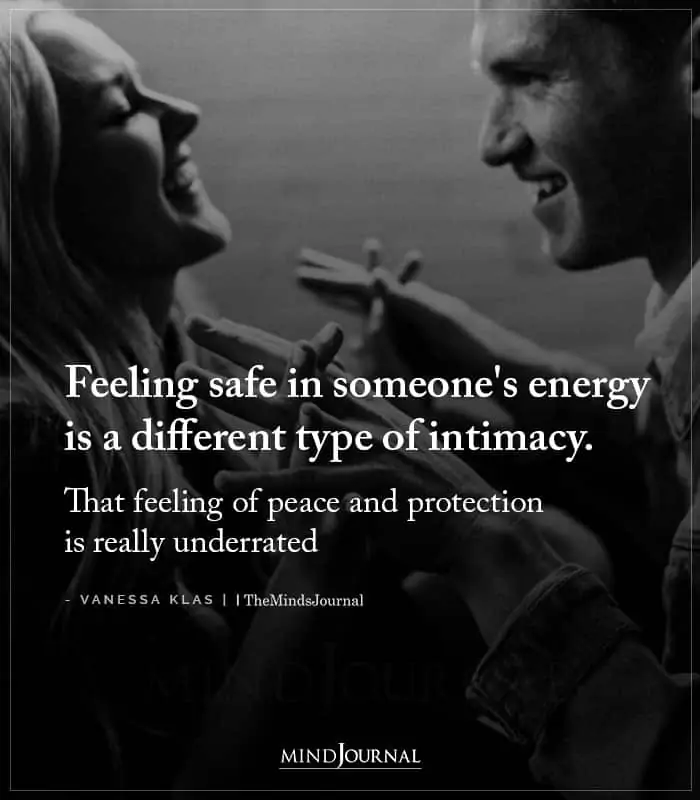
How to create psychological safety
Creating a psychologically safe environment at home and in the community requires intentional effort and a commitment to fostering an environment where individuals feel safe. Here are some psychological safety exercises that can help create an environment where everyone feels welcomed and comfortable-
1. Encourage open communication
Create a safe space where everyone feels secure and comfortable to express their thoughts and feelings without fear of judgment or criticism. Encourage respectful communication, questions & feedback, and create opportunities for discussion.
2. Listen actively
When someone shares their thoughts or feelings with you, listen actively and without judgment. Show empathy and understanding, and avoid interrupting or dismissing their concerns.
Related: What Every Parent Needs to Know to Keep Your Child Safe From Sexual Abuse
3. Show empathy and understanding
Demonstrate empathy and understanding towards others, and encourage others to do the same. This helps to create an environment where people feel safe to express their emotions and thoughts.
4. Foster a culture of trust
Create an environment where everyone feels trustworthy, and build trust by keeping promises and following through on commitments. Build trust by being honest and transparent in your communication and actions.
Trust is the foundation of psychological safety, and it is important to establish it through consistent and reliable behavior.
5. Respect diversity and inclusivity
Respect the diversity of opinions, beliefs, and backgrounds in your home and community. Avoid making assumptions or stereotyping people based on their race, gender, religion, or other characteristics.
Embrace and promote inclusivity by valuing and respecting different perspectives, experiences, and backgrounds. This creates an environment where people feel valued and included, which is essential for a happy home and a healthy community.
6. Encourage learning and growth
Encourage a growth mindset, where mistakes and failures are seen as opportunities for learning and growth. This creates an environment where individuals feel safe to take risks and learn from their experiences.
7. Address conflicts
Address conflicts promptly and effectively, using open and respectful communication. This helps to prevent conflicts from escalating and undermining emotional safety.
8. Avoid blame and criticism
Blaming and criticizing people for their mistakes or failures instead of guiding and helping them is considered abusive behavior. Instead, appreciate their efforts and focus on finding solutions and learning from the experience.
9. Create a supportive environment
Create an environment where individuals feel supported and valued. Offer praise and recognition for achievements, and provide resources and support when needed.
10. Lead by example
As a leader in your home or community, lead by example. Demonstrate the behaviors you want to see in others, and model the values of respect, trust, and openness.
By implementing these strategies, you can create a culture of emotional safety that promotes healthy relationships, open communication, and personal growth in your home and community.
When people feel safe and comfortable, they are more likely to communicate openly, trust each other, and work together towards common goals.

Psychological safety is like being snuggled up in your favorite blanket
Creating a psychologically safe environment at home and in the community may seem like a daunting task, but it’s worth it! When we feel safe and comfortable to express ourselves, it can lead to deeper connections, personal growth, and a happier and more fulfilling life.
Remember, creating such a positive environment doesn’t have to be a heavy and serious task. With a little bit of effort and a lot of humor, you can create an environment where everyone feels comfortable being themselves.
So let’s all take a deep breath, let go of our fears, and embrace the joy of being authentically ourselves. After all, life is too short to be anything but happy and safe.
Go forth, create your safe space, and remember to have fun along the way!
Related: Healthy Personal Boundaries: Why Setting Boundaries Keeps You Safe
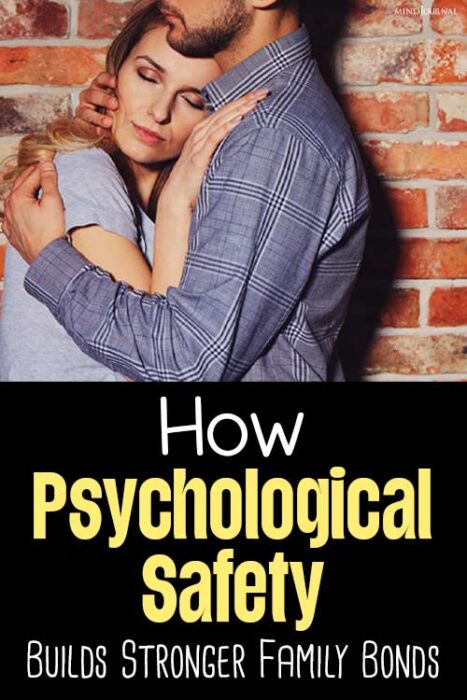
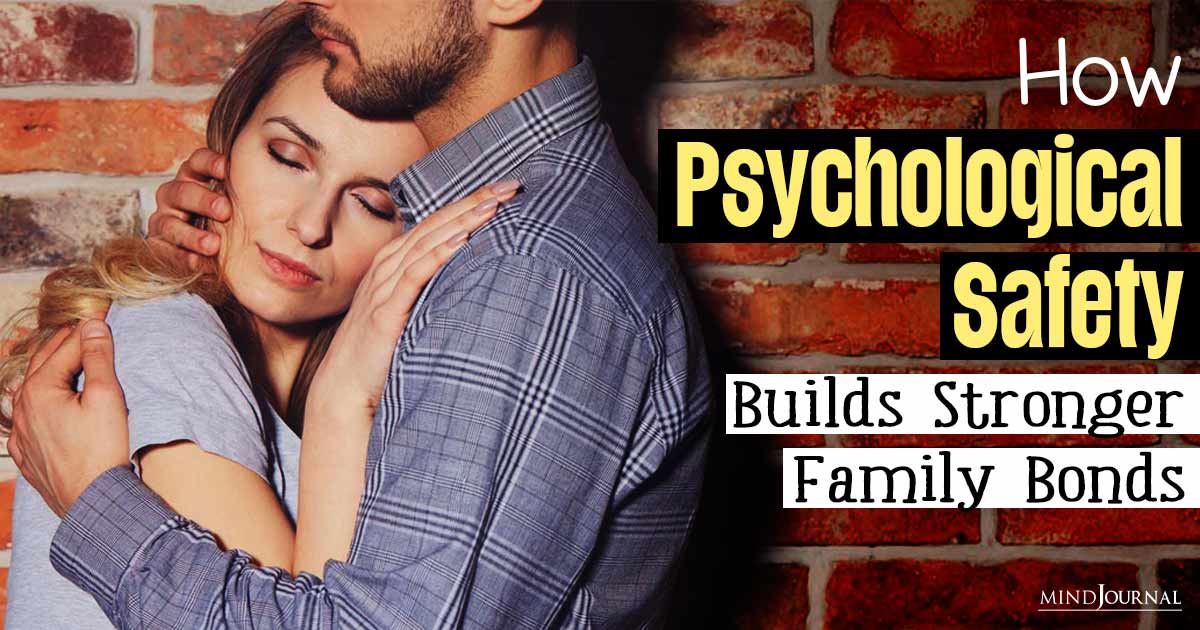
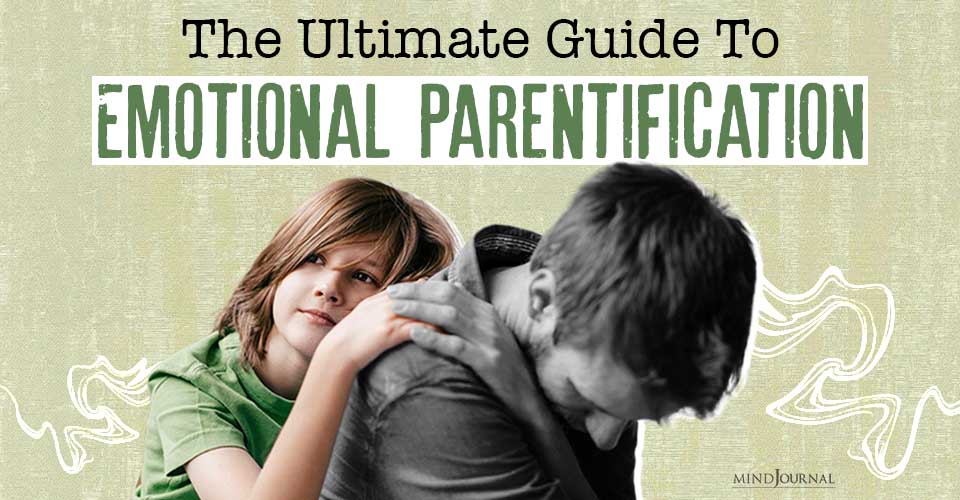

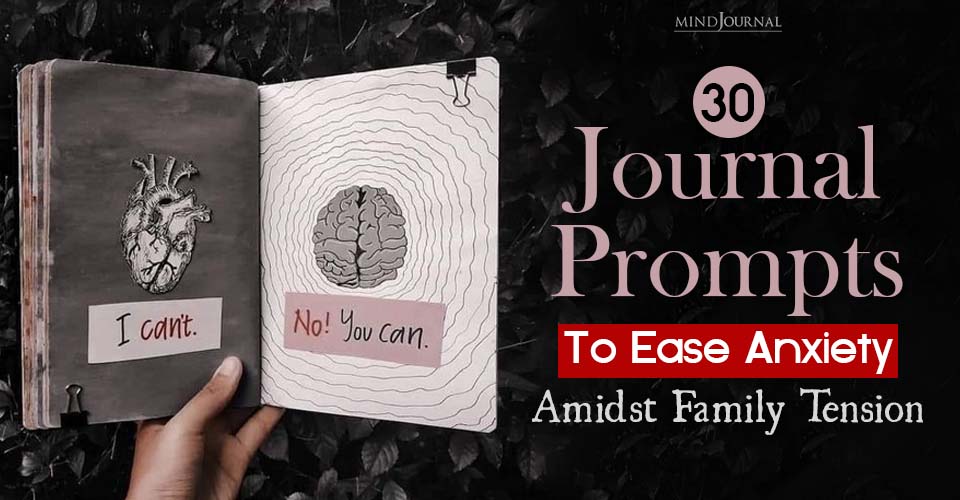
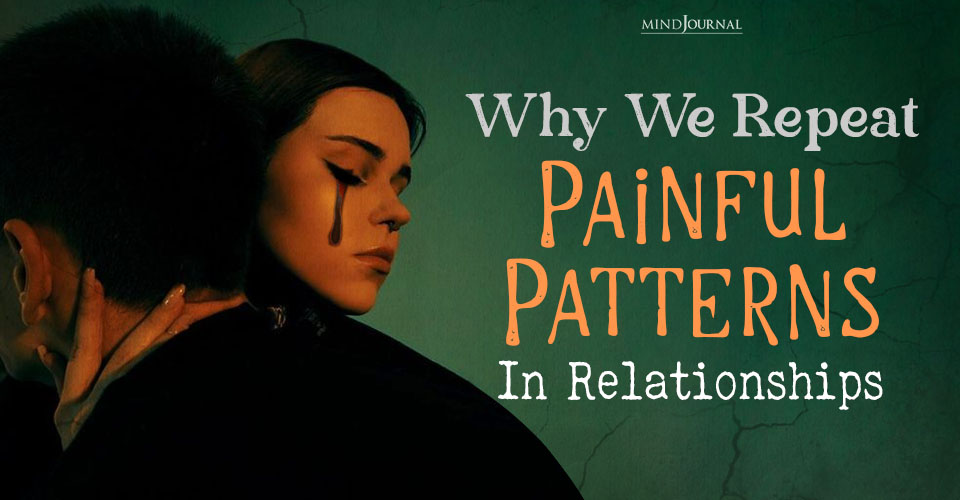
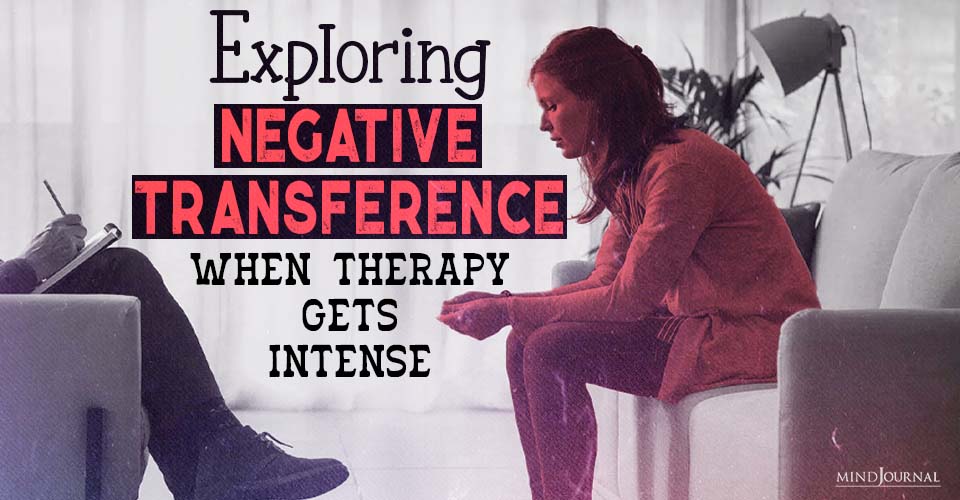
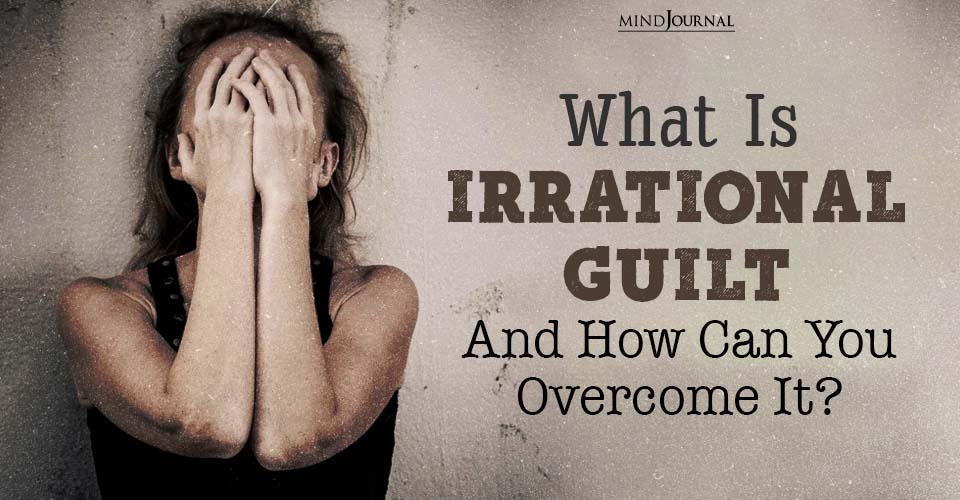

Leave a Reply
You must be logged in to post a comment.